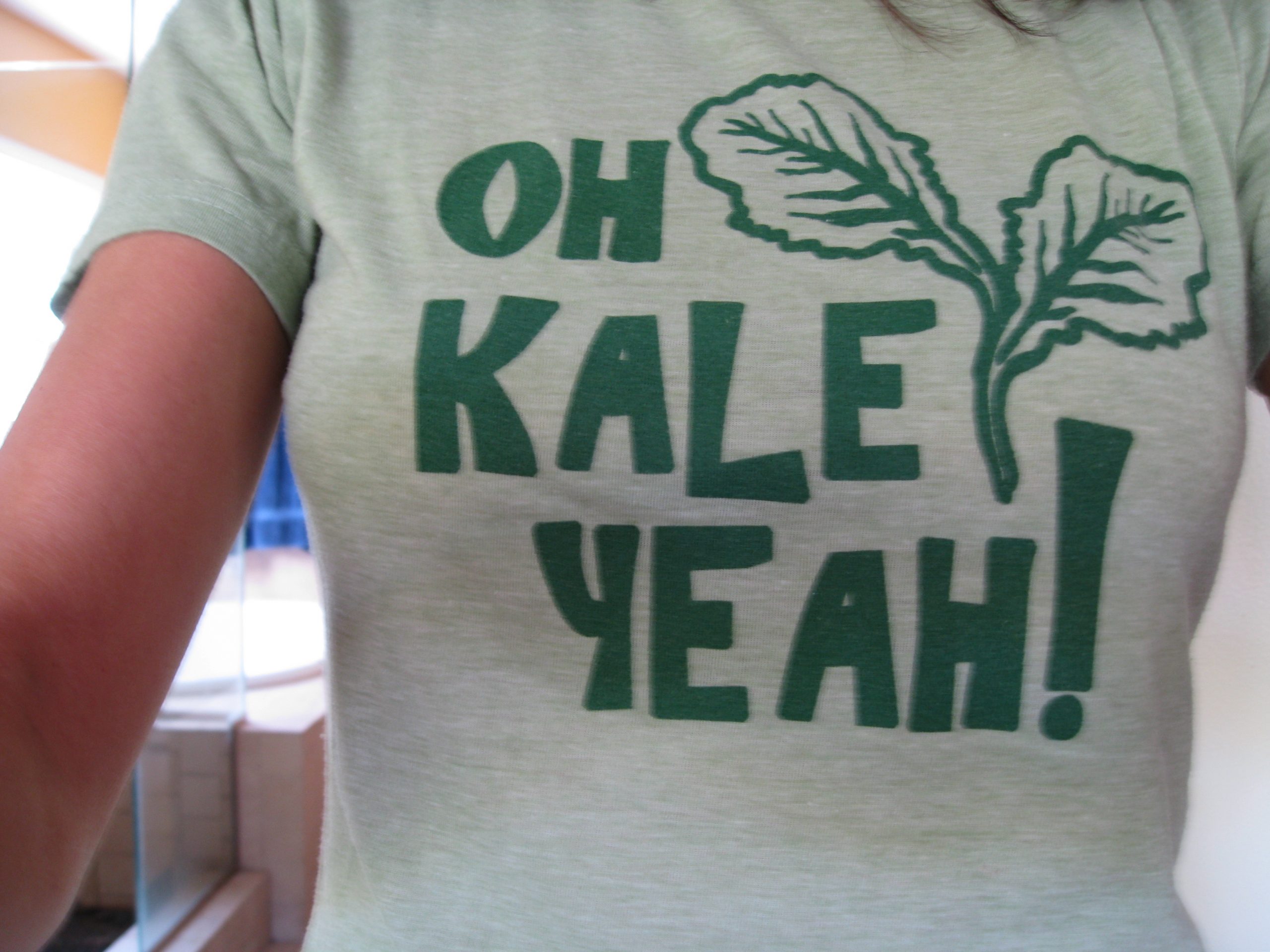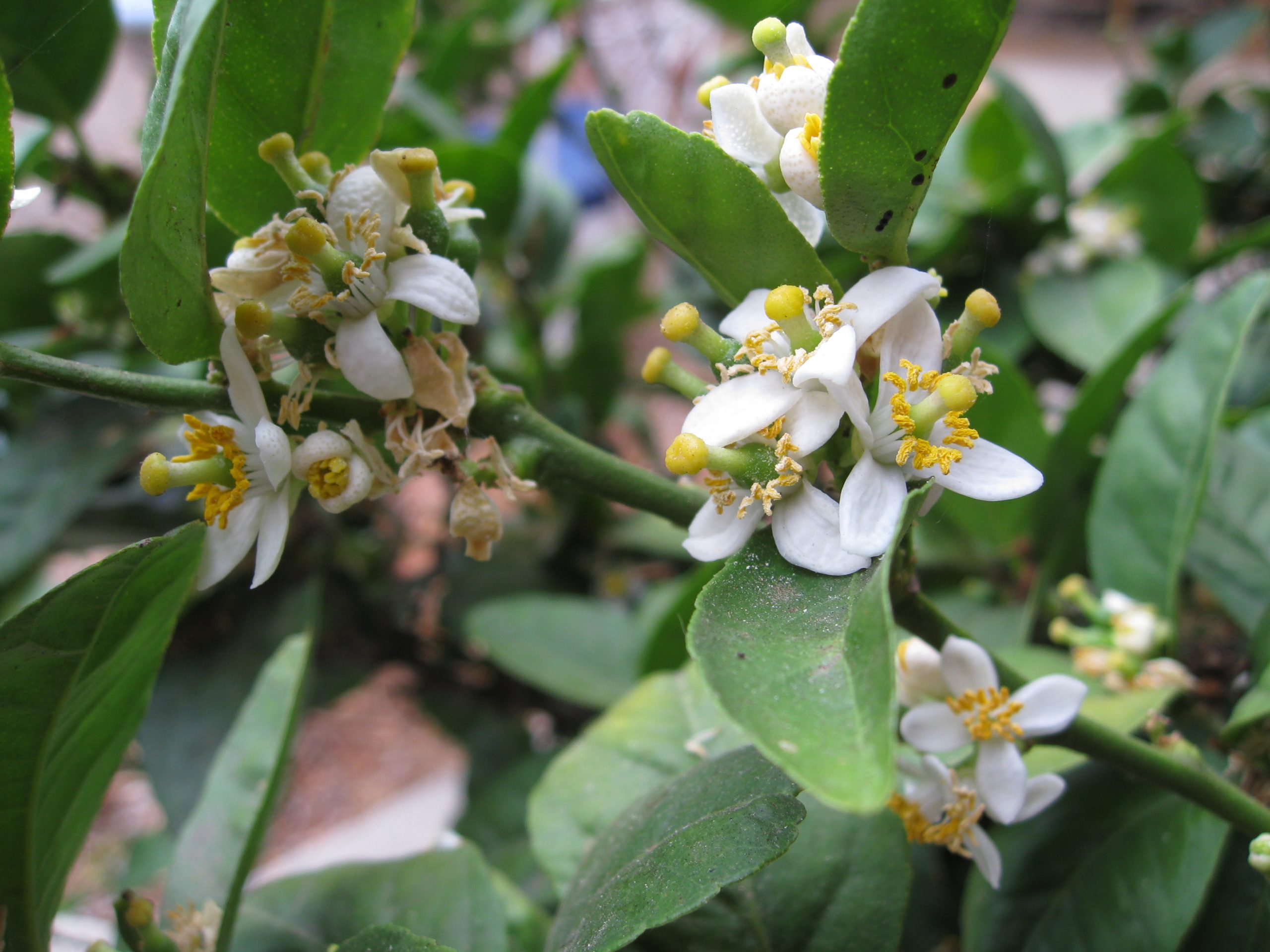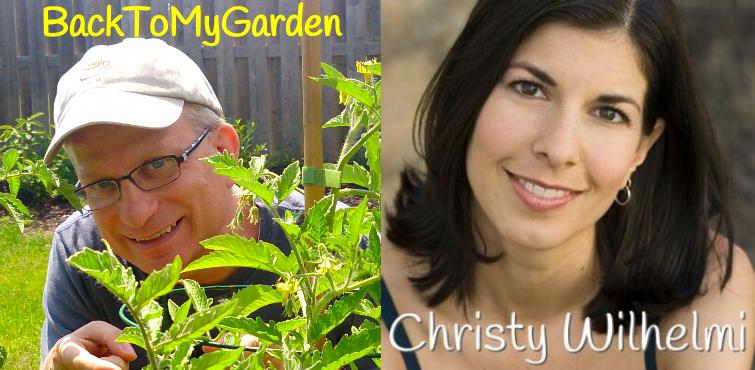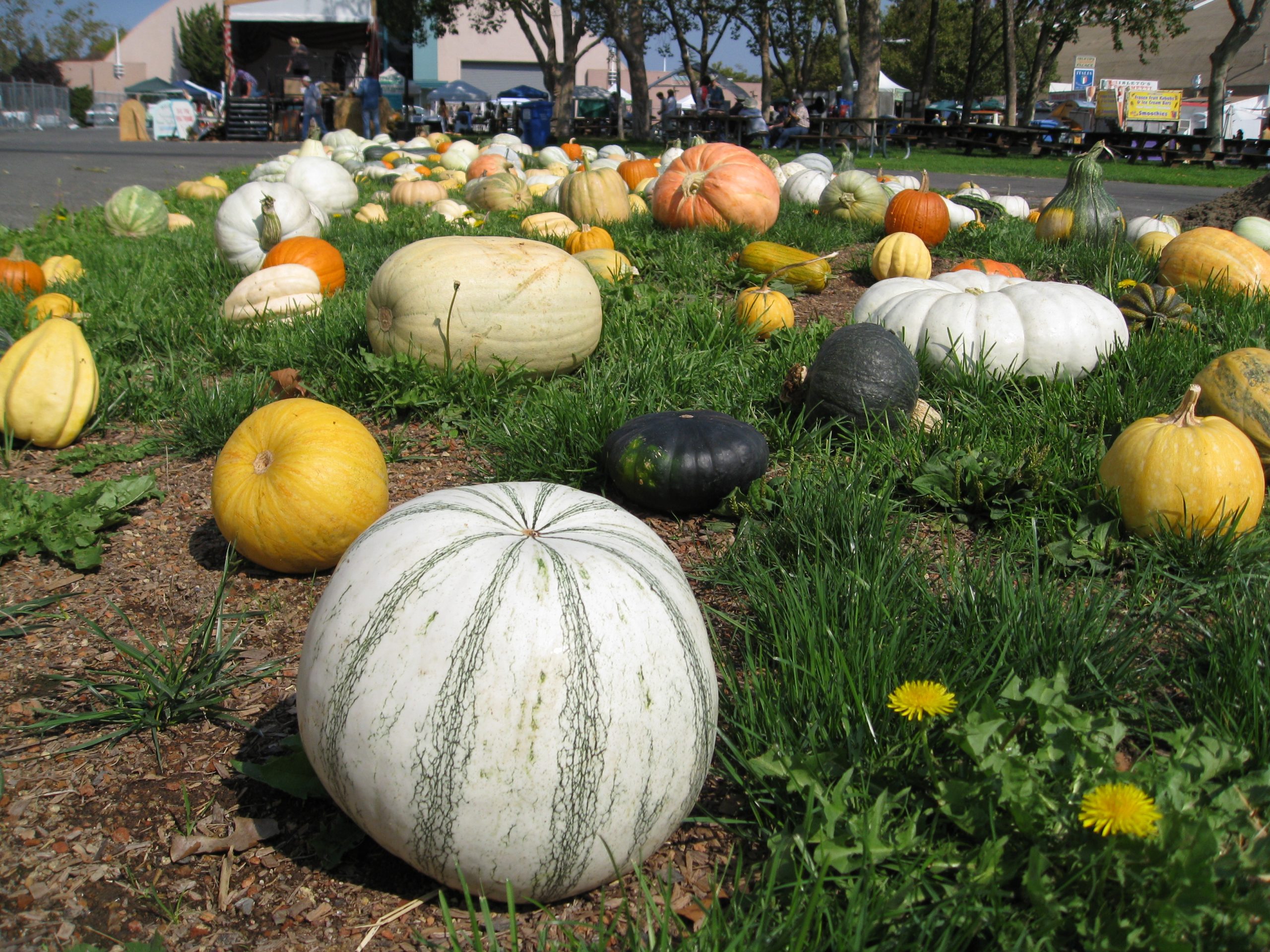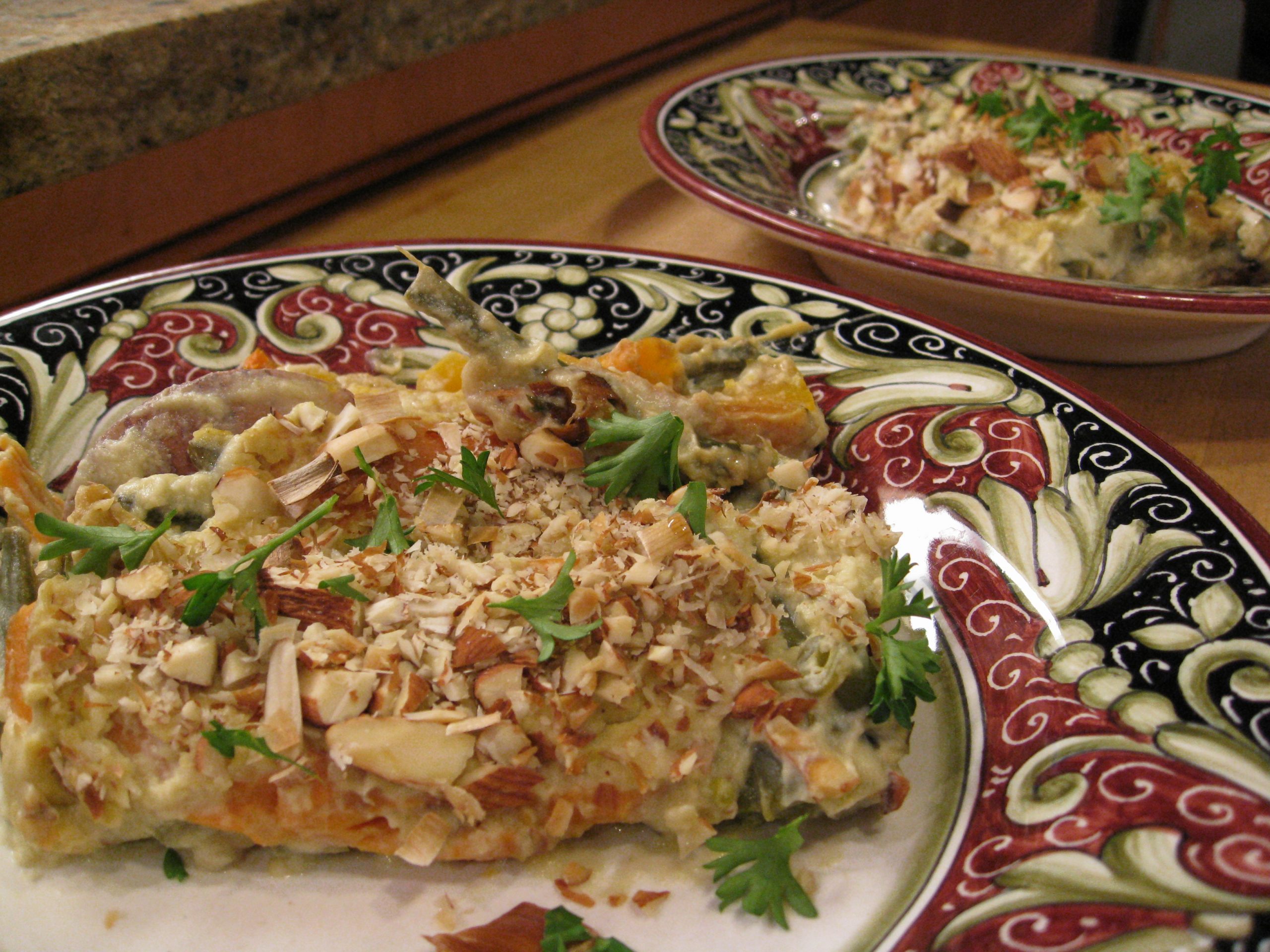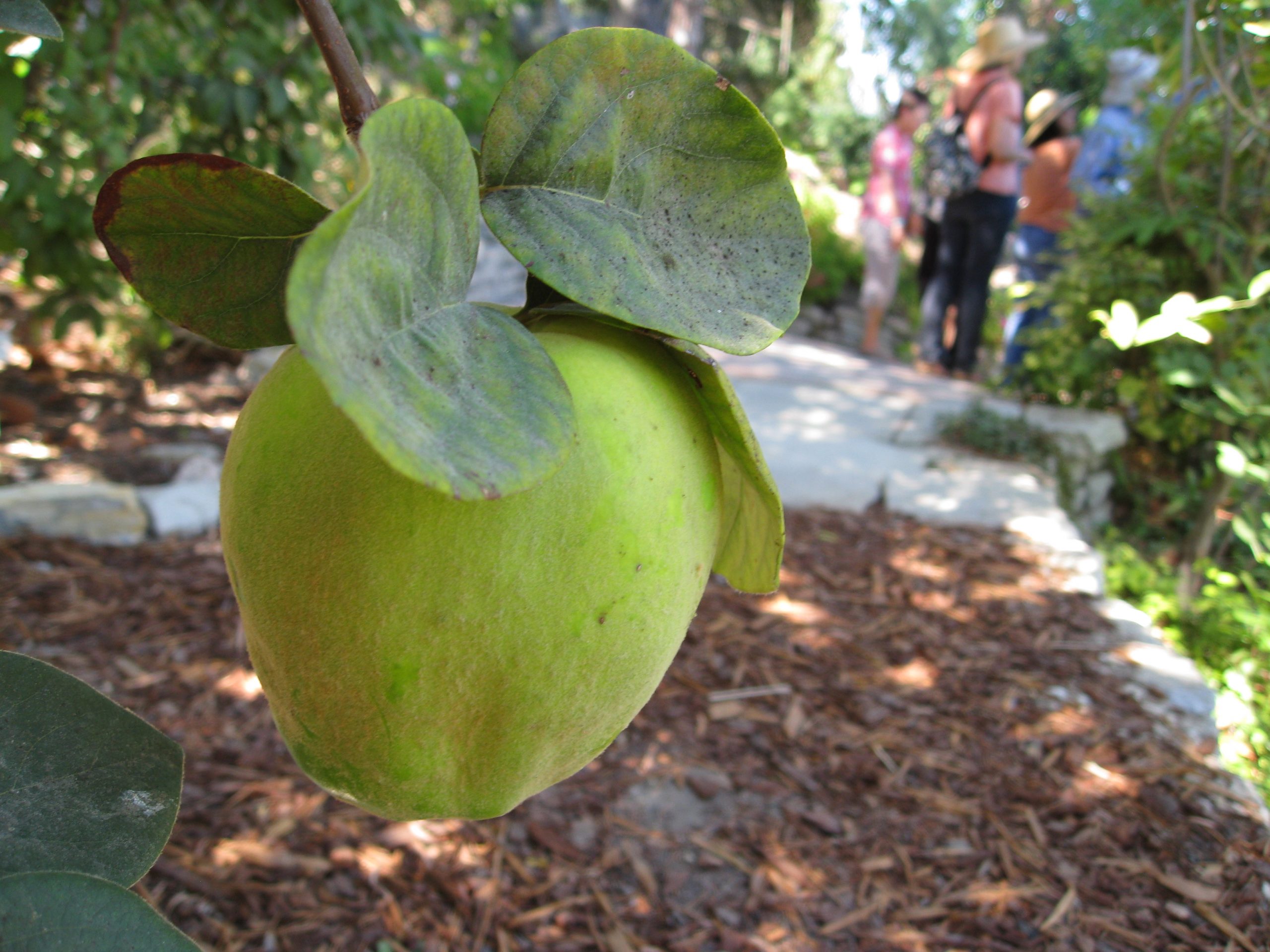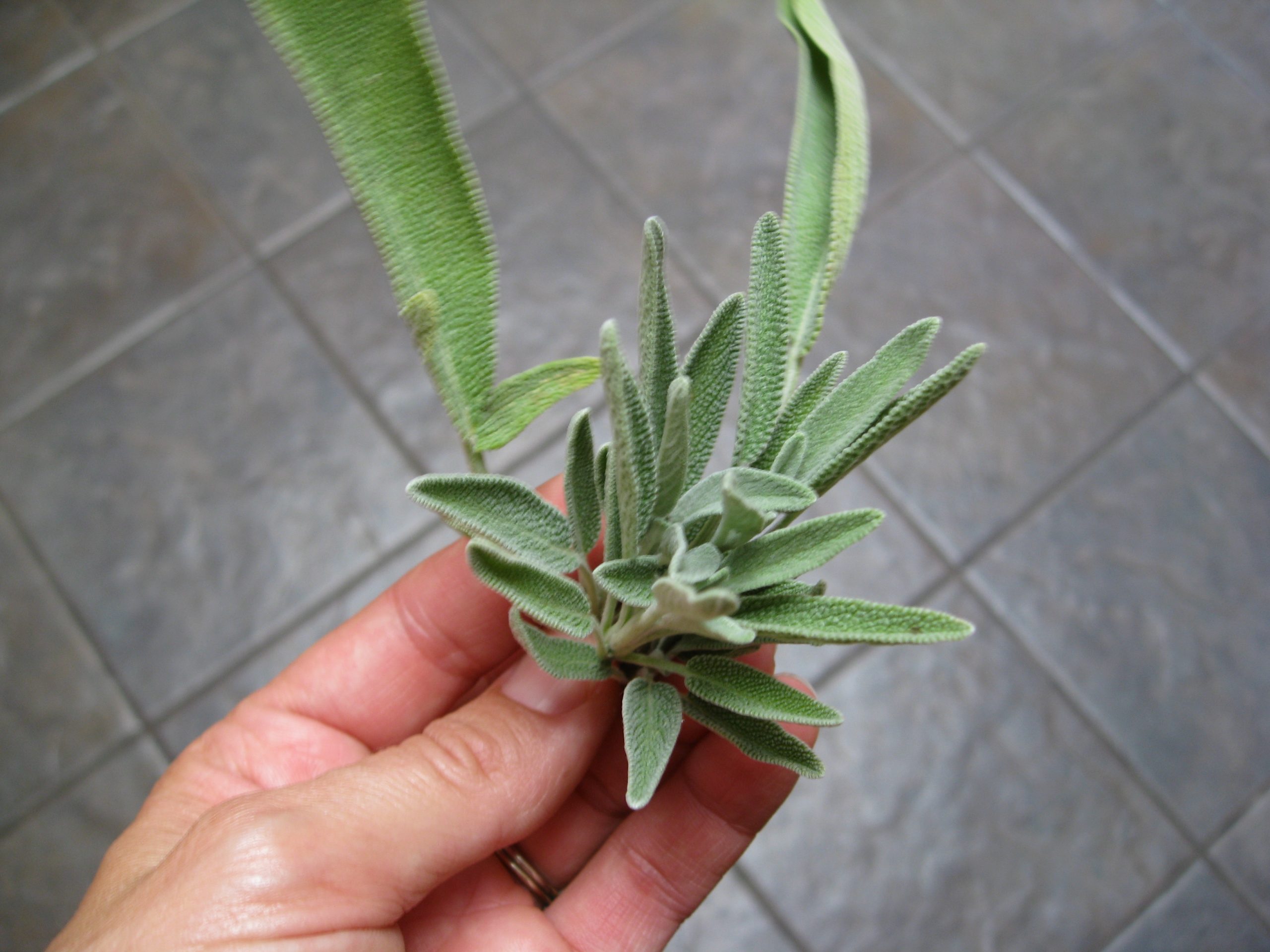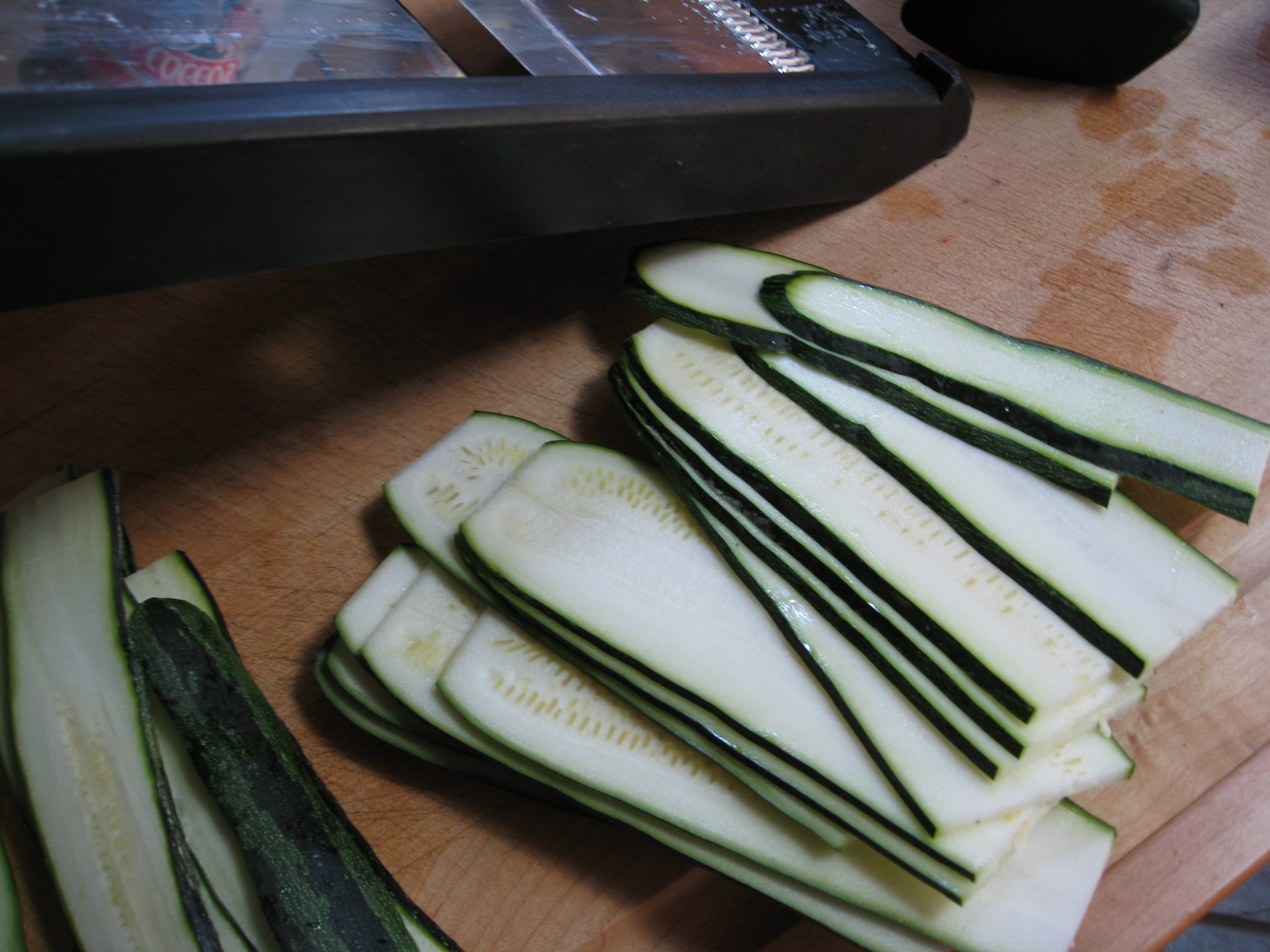Oh Kale Yeah! National Kale Day
October 1st is National Kale Day. Who cares that the holiday is only observed in Canada? We deserve to celebrate here in the States as well. Needless to say, we're very excited about this at Gardenerd. Every day we tout the benefits of kale and growing your own. Now we have an excuse to wax rhapsodic about this glorious vegetable with an official day to back us up. We're not crazy, just crazy about kale. This season we're growing 6…

